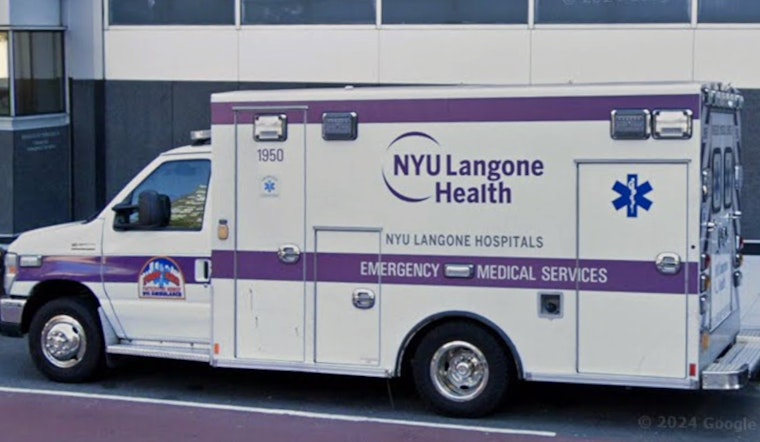After increasing its yearly operating margin to 3% for the fiscal year that ended in August, NYU Langone Health seems to be in a solid financial position. According to Becker’s Hospital Review, the company’s total revenue of $14.2 billion is a notable 14.2% year-over-year gain, which is in line with the 2.9% margin from the prior year.
Inpatient operations account for 30.8% of NYU Langone’s revenue growth, followed by outpatient services (28.1%), faculty group practice patient services (19.1%), and other sources (22%). But costs also increased by 14%, at $13.7 billion. This fiscal year, NYU Langone’s net income was $890.5 million, down from $1.3 billion the year before, according to Becker’s Hospital Review. Capital expenditures for strategic investments are said to be the cause of the decrease in days cash on hand, which went from 164 days to 144 days.
However, according to Crain’s New York, NYU Langone’s unaudited financial statement showed that the hospital system had a healthy 9% operating margin and a $235 million surplus in the fourth quarter alone. Steve Ritea, a spokesman for NYU Langone Health, credited the achievement in part to the growth in overall volume and inpatient discharges.
Beyond the figures, NYU Langone’s charity care expenses are the main source of worry. According to KFF data quoted by Dr. Ge Bai from Johns Hopkins University, the hospital system’s charity care spending, despite substantial revenues, amounts to roughly 1.2% of its total expenses, which is far less than the national average for nonprofit hospitals, which was 2.6% in 2020. According to NYU Langone’s financial statement, $108 million was spent on unreimbursed charity treatment, a 23% rise from the previous year but still a negligible portion of total costs. “They have a very strong financial footing,” Bai said to Crain’s New York, adding, “The community might want to ask how they can invest back.”
Ritea defended the hospital’s charity care policy, noting that NYU Langone treats patients with government insurance programs such as Medicare and Medicaid for a significant $2.1 billion in underfunded and unreimbursed services. According to Ritea, the financial assistance policies of the health system provide 100% discounts to individuals who are unable to pay for their care up to 600% of the federal poverty level and lower reductions for those who are unable to pay up to 800% of the federal poverty level. This further complicates the discussion of NYU Langone’s financial obligations and social commitments.
Note: Every piece of content is rigorously reviewed by our team of experienced writers and editors to ensure its accuracy. Our writers use credible sources and adhere to strict fact-checking protocols to verify all claims and data before publication. If an error is identified, we promptly correct it and strive for transparency in all updates, feel free to reach out to us via email. We appreciate your trust and support!



Leave a Reply